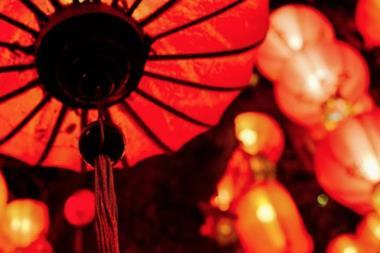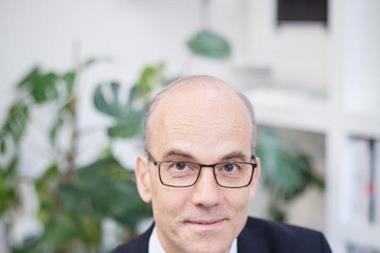Nordic pension funds appear to be maintaining their exposures to Chinese equities at a time when some of their counterparts in Australia are reported to be shrinking theirs due to political risks, according to comments from four major pension funds in the region.
Australian pension funds were reported by the Financial Times on 14 March to be exiting – or considering reducing exposure to – Chinese listed equity markets, because of worries about President Xi Jinping’s “common prosperity” policy, with the article citing perceptions of a heightened risk of government interference in the private sector.
In the light of this, IPE asked pension funds in Norway, Denmark and Sweden what their attitude was to Chinese equities, both to A-shares and other ways of investing.
Norway’s KLP has moderate exposure right now to Chinese equities through the emerging markets index fund run by its capital management subsidiary KLP Kapitalforvaltning, according to Harald Koch-Hagen, KLP’s senior vice president risk management and allocation.
“Currently, we have not reduced our investments in this fund,” he told IPE.
“Investing in China comes with certain kinds of political risks which are different from the ones observed in the US or EU, which is why we have a cautious approach to any investments in the country,” he said.
But the NOK901bn (€93.5bn) municipal pensions provider could change its view on relative attractiveness of China as it assesses global dynamics.
“In light of Russia’s invasion of Ukraine, we are monitoring shifts in the world economy and the geopolitical landscape, which could make China a greater source for diversification and/or increase the risks of investing there,” said Koch-Hagen.
Copenhagen-based labour-market pension provider Sampension has investments in China, both directly and indirectly, as part of its emerging market equity exposure, said chief investment officer Henrik Olejasz Larsen, adding that this exposure was somewhat below typical benchmarks.
“There are larger risks of many sorts in investments in emerging markets,” he said.
“But in general, we think that it is beneficial and long term financially attractive to be present and to have not excluded Chinese investments in general, but a number of specific companies are on our exclusion list,” the CIO said.
Magdalena Högberg, head of strategic allocation and quantitative analysis at AP4 in Stockholm, said the SEK528bn (€50.6bn) Swedish national pensions buffer fund had not changed its mind on Chinese equities.
“While we are continuously monitoring the situation in the Chinese equity market, developments to date have not changed our overall view of Chinese equities constituting an interesting investment opportunity – especially from an alpha perspective,” she told IPE.
At the end of last year, the largest Nordic institutional investor, Norway’s Government Pension Fund Global, had 2.7% of its then NOK12.3trn of assets invested in Chinese equities, according to the website of its manager, Norges Bank Investment Management (NBIM).
Asked what NBIM’s attitude was to Chinese equities in the light of the retreat by some Australian pension funds from the market, a spokeswoman for the Oslo-based central bank subsidiary told IPE: “Our investment strategy remains unchanged”.
This is IPE’s third article this week on the views of this panel of Nordic pensions investment chiefs. The previous articles focused on the prospects for a tightening of the ECB’s monetary policy, and attitudes to investing in the defence sector in the light of the Russian invasion of Ukraine.
Read the digital edition of IPE’s latest magazine















No comments yet